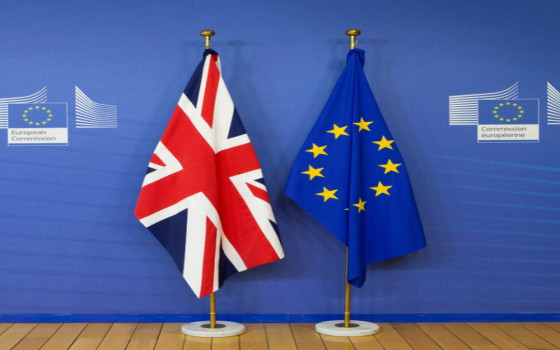
Innovation in the European Union continues to improve at a steady pace, but at varying rates among member states

- Europe and Arabs
- Monday , 8 July 2024 14:43 PM GMT
Brussels: Europe and the Arabs
The EU's innovation performance continues to improve at a steady pace, reaching a 10% increase since 2017 and a growth of 0.5% between 2023 and 2024. According to the 2024 edition of the European Innovation Scoreboard (EIS) published today, most EU member states have strengthened their innovation performance, but the increase varies greatly from one country to another. According to a statement issued today by the European Commission in Brussels, In 2023 and 2024, national innovation performance increased in 15 member states, while it decreased in another group of 11 countries. Croatia remained stable. Compared to the last version:
Denmark remains the most innovative country in the European Union, followed by Sweden, which topped the rankings between 2017 and 2022.
Now the two countries belong to a different performance group. Estonia has become a strong innovator after a steady growth pattern since 2017. Belgium, which was an innovation leader in 2023, moved into the strong innovators category, although it retained its fifth place in the rankings overall.
The broader analysis, which includes other European countries and selected global competitors, shows a changing international landscape. Switzerland is the most innovative European country, South Korea remains the most innovative global competitor in 2024, while China has overtaken Japan and is gradually closing the gap with the European Union.
In the global context, the European Union maintains a strong position, demonstrating strong performance in most indicators including SMEs introducing innovations in products, processes and technologies related to the environment. The EU continues to face challenges compared to its main global competitors in areas such as intellectual assets, collaboration between innovative SMEs and business R&D spending.












No Comments Found